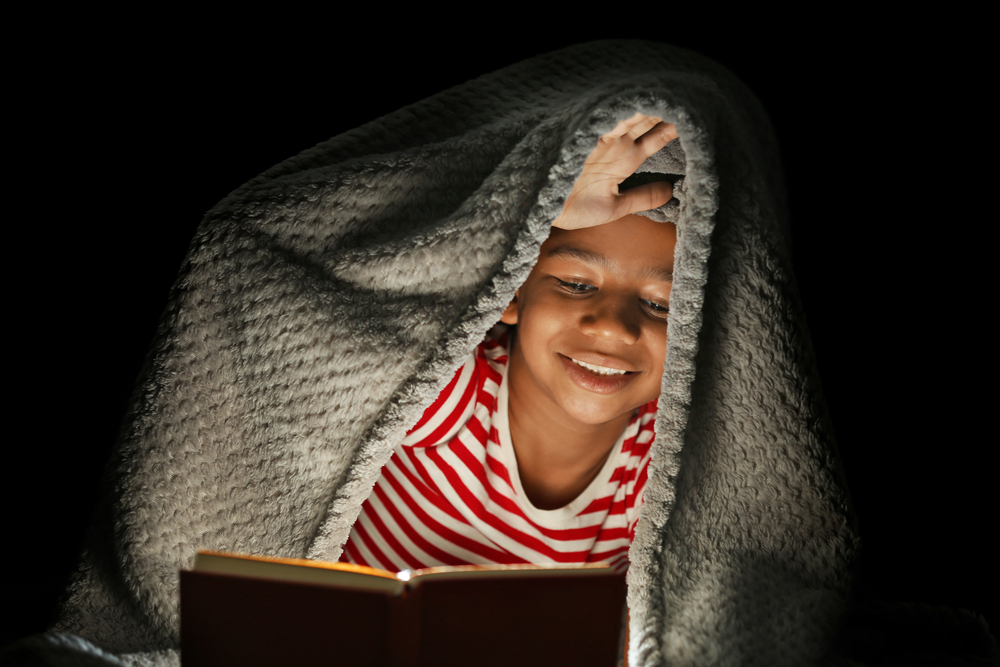
Introduction
Kids love winding down with a book or screen before bed. But is reading in dim—or no—light just tiring for the eyes, or could it actually influence myopia? A recent Argentinian study sheds some light—literally and figuratively.
Study Overview
In June 2024, as part of Argentina’s Myopia Awareness Campaign, researchers surveyed 1,298 children aged 7–15. The questionnaire collected data on self-reported myopia, reading and electronic device use at night, lighting conditions, outdoor time, housing type, and parental myopia history.
Key Findings
Myopia Prevalence
About 23.7% of the children were reported to be myopic.Risk Factors
Factors significantly associated with myopia included:Parental high myopia
Intense reading habits
Living in a home without a garden
Less outdoor time
Older age
Reading in the Dark
Nearly half the children read at night before bed—12.5% did so with lights off, and 30.4% with one or two lights on.
While initial analysis showed a link between reading in darkness and myopia, this association disappeared once age was accounted for. This suggests older children are both more likely to be myopic and more likely to read in the dark.
Why Lighting Might Matter
The retina’s ability to interpret contrast signals, which help regulate eye growth, depends on adequate illumination. Under dim lighting, these signals may not function optimally, potentially affecting how the eye develops.
Additionally, other studies suggest that exposure to bright light in the hours before sleep may help prevent myopia progression—indicating that evening lighting conditions could be more important than we realize.
Study Limitations
Myopia was reported by parents, not clinically measured.
The cross-sectional design means we can’t prove cause and effect.
The sample group may not represent all children.
What Parents Can Do
Encourage ample outdoor time, especially for children in homes without access to green space.
Ensure adequate lighting when children are reading or using screens at night.
Monitor children with a family history of myopia or intense near-reading habits.
Keep an eye on future research for stronger evidence connecting nighttime lighting and eye growth.
Conclusion
Reading in the dark may not directly cause myopia—but poor lighting habits, combined with other risk factors, could add to the problem. By supporting healthy visual habits now, parents can help protect their child’s sight for the future.









